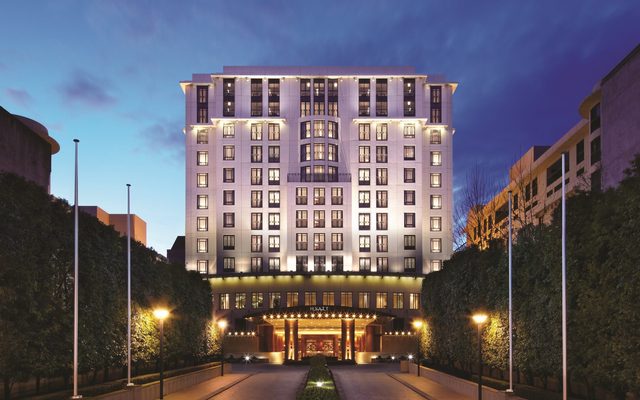This article is from the Australian Property Journal archive
HOUSE prices across the globe are still rising at a rate of 8.8% per annum, but have come down from their March quarter peak as interest rate rises start to bite.
Australia has slid from 28th to 47th place in the last three months out of 56 countries and territories monitored by Knight Frank’s Global House Price Index, with annual percentage change in nominal terms at 1.5%, or negative 5.4% real price growth adjusted for inflation.
“Capital values are likely to ease further in 2023 across all capital city markets, although regional areas of Australia are still expected to experience positive annual growth,” said Michelle Ciesielski, head of residential research at Knight Frank.
“Current expectations are for the RBA to resume cutting the cash rate in 2024, and this should see every capital city back on track with a positive capital growth trajectory as population growth returns to pre-pandemic levels and new residential stock remains in short supply.”
By country, Turkey led growth with a whopping 189% nominal price growth, well ahead of all comers. European countries Estonia, Hungary, Czech Republic, Iceland, Slovakia and North Macedonia all recorded growth north of 20%. They were followed by Israel, and then Latvia, Slovenia, Portugal, Lithuania, Bulgaria and Croatia, with Singapore in 15th.
The United States ranked 21st with 10.6% and the United Kingdom 23rd with 9.5%.
New Zealand, Chinese mainland, Hong Kong and South Korea all recorded negative growth.
Turkish cities Istanbul (212.1%), Ankara (196%) and Izmir (185.8%) dominated the Global Residential Cities Index, which saw the annual increase in urban house prices fall below 10% for the first time since September quarter of 2021 as the higher interest rate environment starts to dampen demand and sales activity.
Among the Australian cities, Adelaide saw 21.8% growth, ranking eighth globally, while Brisbane was 30th with 12.9% and Perth 77th with 6.3%. Melbourne saw 2.1% wiped off, Darwin 3.1% and Sydney 3.6%, with the trio ranking in the depths of the 150 cities monitored.
Erin van Tuil, Knight Frank’s head of residential, said that whilst the focus has come off capital value growth, sustained rental growth has allowed for more attractive gross rental yields to emerge for investors across most of Australia’s capital cities.
Off the back of strong rental growth, the gross rental yield for Sydney residential homes rose the most of all cities over the past six months, up by 29 basis points to now trend north of 3%.
“With further rental growth expected, rental yields for investors will continue to shift up over the next 12 months and this will help restore residential investor demand and, over time, boost the development pipeline.
Top cities globally included Miami in fourth (28.6%), followed by Riyadh, Vilnius and Tallin. Skopje and Reykjavik rounded out the top 10.






